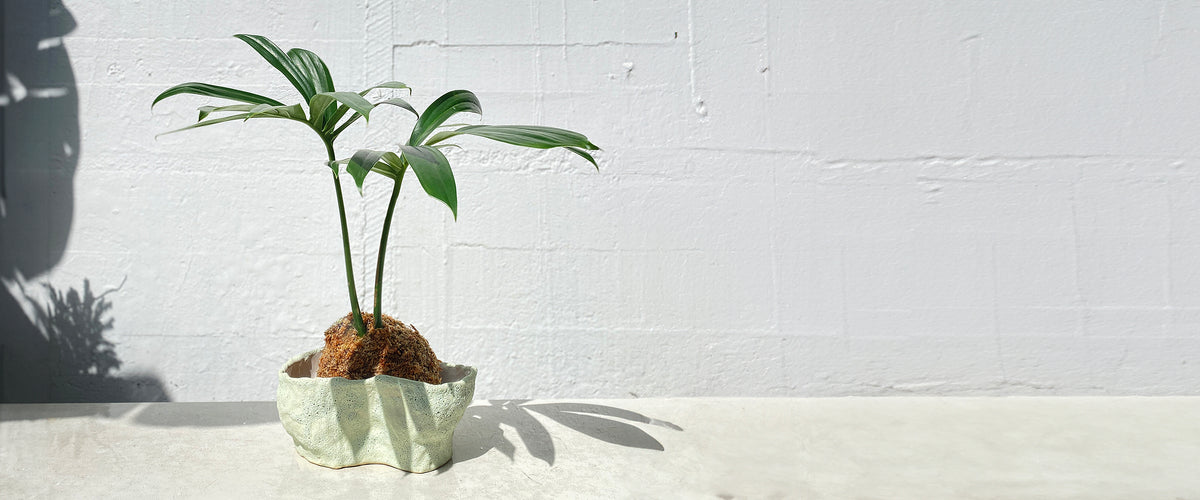Anthurium Andraeanum
 Botanical Name: Anthurium andraeanum
Botanical Name: Anthurium andraeanum
Common Name: flamingo flower
Plant Family: Araceae
About the elegant Anthurium….
A tropical perennial native to the rain forests of Colombia and Ecuador. It is known for its lush foliage and its colorful inflorescence. Being low-maintenance they make excellent houseplants. Anthurium will bloom indoors and out given the right conditions.
Anthuriums like….
Sun: Anthurium andraeanum enjoy bright dappled or indirect light. Brighter light means more abundant blooms. Avoid direct sun as this can burn the foliage.
Temperature/ Humidity….
They like warm temperatures between 18-26ºC, and high humidity. If your Anthurium is outdoors, bring it in when temperatures drop below 18 ºC. Misting your plant daily, keeping near a humidifier or sit your plant on a moist pebble tray will make her happy, especially if you have heating going in the house.
Watering….
Keep the soil lightly moist. During the warm growing season allow the top quarter of soil to dry out before watering again.
In the wintertime allow the soil to dry out almost completely before watering again. don’t leave it too long dried right out however.
Air purifying….
According to the NASA Clean Air Study, they are proven effective at removing environmental toxins such as formaldehyde, toluene, and ammonia from the air.
Soil or mix….
Anthurium thrives in a well-aerated, moisture-retentive soil mixture. A good quality potting mix is recommended, a bit of compost and coconut husk coir is an excellent addition to potting mix for anthurium.
Flowering….
Anthurium will flower year-round but they need good light to do this , not enough light equals poor few blooms. They come on many colours, start a collection!
Fertilization….
Anthurium don’t require much fertilizer. Compost is a great gentle addition in going season. Add a 3cm layer to the top of the soil. With each watering, nutrients will slowly release into the soil. No need to fertilise in winter.
Propagation….
Anthurium can be propagated by division, using a clean blade separate a portion of the stem, ensuring that each piece has a few leaves and roots attached. Propagate by placing in water to hydrate roots or plant directly in soil.
Diseases
1.Bacterial blight, yellows foliage and there will be lesions along the leaf margin.
2. Fungal infections start in the roots, which are largely unseen. In the foliage, these types of fungal infections show up as wilted leaves and stems and yellowing of the leaves. Caused mostly by too much water and or humidity leading to waterlogged soils, Treat by removing damaged parts of the plant and re potting in fresh soil.
Maintenance (pruning, legginess, repotting)
Groom by removing dead or damaged leaves and if the plant is getting root bound, its time to pot up. your plant will likely need to be re potted every 1 1/2 - 2 years
Toxicity
All parts of the plant are toxic to pets and humans. Calcium oxalate crystals cause irritation of the mouth and throat, drooling, and vomiting. Keep this plant out of reach of children and pets.
